Romania’s participation in the Second World War is an interesting and slightly complex beast, especially given that they fought on both sides of the conflict! Part of the Axis from 1941-44, and then subsequently (following a coup spearheaded by the young King Michael against the fascist government that had forced his father to abdicate) on the side of the Allies, Romania would suffer throughout the war, being heavily bombed by the Allies, and later classified as an ally of Nazi Germany post-war despite their change of allegiance, and brought into the Soviet sphere of influence. Romanian troops would fight bravely, suffering horrendous casualties at Stalingrad and elsewhere, and are sadly oft-overlooked in history, or written off as ‘unreliable’ combatants – an ill-deserved reputation! Bolt Action allows you to field Romanian forces on the tabletop, and they aren’t a bad little choice at all. Now, there may not be any dedicated models for them right now, but our own Kieran Leishman has a couple of simple tricks to resolve that – more from him later. Firstly, let’s take a look at what a Romanian force has to offer in Bolt Action, paying particular attention to Armies of Italy & the Axis and the upcoming Campaign Case Blue!
The Romanian army list is a fairly ‘normal’ selection for what are often referred to as ‘Minor Powers’, with a few interesting tweaks. The first is the French Artillery Doctrine special rule, allowing them to take a free Regular or Inexperienced artillery piece, much like (rather obviously) the French – it’s rare to see a Romanian force without a pair of powerful Medium Howitzers! The Axis Support rule also allows them to include a single German or Italian Eastern Front unit (excluding Veterans and Heavy or Super-Heavy tanks). In days gone by, when Tiger Fear was a frankly terrifying prospect, Romanian players would often use this to add a Panzer IV Ausf. H to their army, but with the changes to that special rule in the official Bolt Action FAQ & Errata, it’s far more common to see some weird and wonderful units take its place.
Equipped and organised in a reasonably standard fashion for most inter-war European powers, Romanian squads really come into their own in the later war, when they made good use of Panzerfausts and other German-supplied weapons. Cavalry are also present, acting as always-useful mounted scouts (none of that sabre-waving silliness here!) along with the usual mortars and snipers familiar to Bolt Action players of all nations. Armour is distinctly lacking, with only the obsolescent R-35 and converted TACAM tank destroyers, but hey – that’s where you bring in some German goodness, right? Case Blue adds some interesting options, from the expected (Air Force Forward Observers and the always-welcome Flamethrower Team) to the unusual (Tank Hunters armed with smoke grenades and a lot of courage), as well as good utility units like the Motorcycle Reconnaissance Section and Mortar Section, among others. There is also the interesting budget option of Stragglers available, perfect for theming a force to the appalling Ostfront conditions or getting some cheap order dice in! There’s also the new optional National Special Rules – while the ones found in Armies of Italy & the Axis are by no means a bad option, Case Blue adds some really interesting and flavourful rules, including the ability to remove a single Pin from one unit at the end of each turn, and a boost for Officer’s command bonuses, among other things – I won’t spoil all the surprises!
For me, a Romanian force offers some great possibilities to play with a concept I’ve been enjoying a lot lately – massed Regulars! With the extra free gun, you can bring a lot of HE nastiness, while I’d use Axis Support to address the deficiency in armoured vehicles – I’d be tempted to go a bit weird and wonderful with some form of self-propelled AAA to bring some autocannon goodness to the party. That’s just me, though – the world is your mollusc! “But Marcus”, you may cry. “There are no Romanian models! However will I make an army?” Fear not, gentle wargamers – Kieran has you covered. Give ’em the good news, Leishman!
Bitz-Krieg!
Romanian Infantry
The Romanian Infantry was a vital resource on the Eastern Front, with Romania contributing the second-highest number of infantrymen to the Axis. Romanian infantrymen were equipped with a variety of weapons including the Lebel, Mosin-Nagant and Mannlicher rifles, but the predominant rifle was the Czech VZ24. The most significant issue for Romanian infantry formations were their artillery and anti-tank capabilities, as they were issued with far less heavy equipment than their German counterparts.
In 1941, the Romanian Army was quickly required to reorganise in response to the throes of modern combat. The infantry platoon was increased to 40 men (in 4 sections), and by October of 1942, they were receiving heavier anti-tank guns, including the Pak 97/38 (a German modification of French ‘75’s). In 1943, the Romanian army would heavily reorganise after the severe losses of the Battle of Stalingrad and then again following the armistice with the Soviet Union.
There are two options for creating the Romanian Infantry: with or without the puttees. You can use the Italian body for the former, equipment with either a French Lebel, French FM24, French Adrian (or the German Stahlhelm) and German equipment. You can use the Afrika Korps body for the latter, with the French Lebel or German K98, French FM24, and the French Adrian helmet.
With puttees:
- Italian bodies
- Italian Arms and weapons (or French)
- French Adrian helmet (or German Stahlhelms)
Without puttees:
- Afrika Korps bodies
- Italian arms and weapons (or French)
- French helmets (or German Stahlhelms)
Mountain Troops
The Romanian Mountain troops known as the Vânători de munte were the elite Infantry of the Romanian army during World War 2. At the beginning of Operation Barbarossa, Romania had 4 Mountain Brigades, with the formations seeing action at the siege of Sevastopol and later the Caucasus and Kuban Campaigns.
To represent these forces on the tabletop, you can make them using Afrika Korps bodies, British Commandos (or Airborne) heads with berets, Italian arms and weapons (we recommend the Italian Army & Blackshirts sprue) and Afrika Korps equipment. This will give you a unique look for your Romanian Mountain Infantry, ideal for games set around Case Blue.
- Afrika Korps body
- Italian weapons and arms
- Commando backpacks
- Commando beret
Engineers
The engineers saw the most expansive changes to their doctrine and equipment compared to the other formations discussed in this article. At the start of the war eight regiments of engineers would be divided amongst the eight corps.
The doctrinal shift for the engineers came from attitudes changing from a French to a German mindset. Originally the Engineers were used as worker pioneers to clear minefields and to support the other forces, after the experiences of 1941, the Engineers were transformed into assault pioneers.
The engineers, alongside other Romanians, would desperately attempt to halt the Soviet advance in the winter of 1942.
To represent the Engineers of the Romanian Army, you can use Afrika Korps bodies with the early war German side cap, German rifles (98K’s) or Italian rifles (Carcano Mod. 91/38s), Italian submachine guns (Orita M1941) and the German pioneer equipment.
- Afrika Korps bodies
- German side cap
- Italian weapons and arms
Frontier Guard
At the onset of fighting eight regiments of Border Guards formed a single corps and would see combat throughout the war. Poor equipment, lack of AT guns and high initiative led to a high casualty rate in the early period.
The Border Guards were fielded in two divisions, the Border Guard Division and the 2nd Guards Division – both were disbanded to reinforce the rate of attrition in other divisions.
To represent these troops on the tabletop you can use Italian bodies (those on the Italian Army & Blackshirts sprue will suit nicely), Afrika Korps peaked caps, and Italian weapons and arms.
- Afrika Korps peaked caps
- Italian bodies
- German weapons and arms
Essential Plastics for Kitbashing Romanians
I’ll be tackling even more troop types in a future Bitz-Krieg feature!
So there you have it – a Romanian force is within your grasp, and sure to make you the envy of your local club (and win a few Best-Themed prizes at tournaments, to boot!). All that’s left to say is…
Hai Romania!
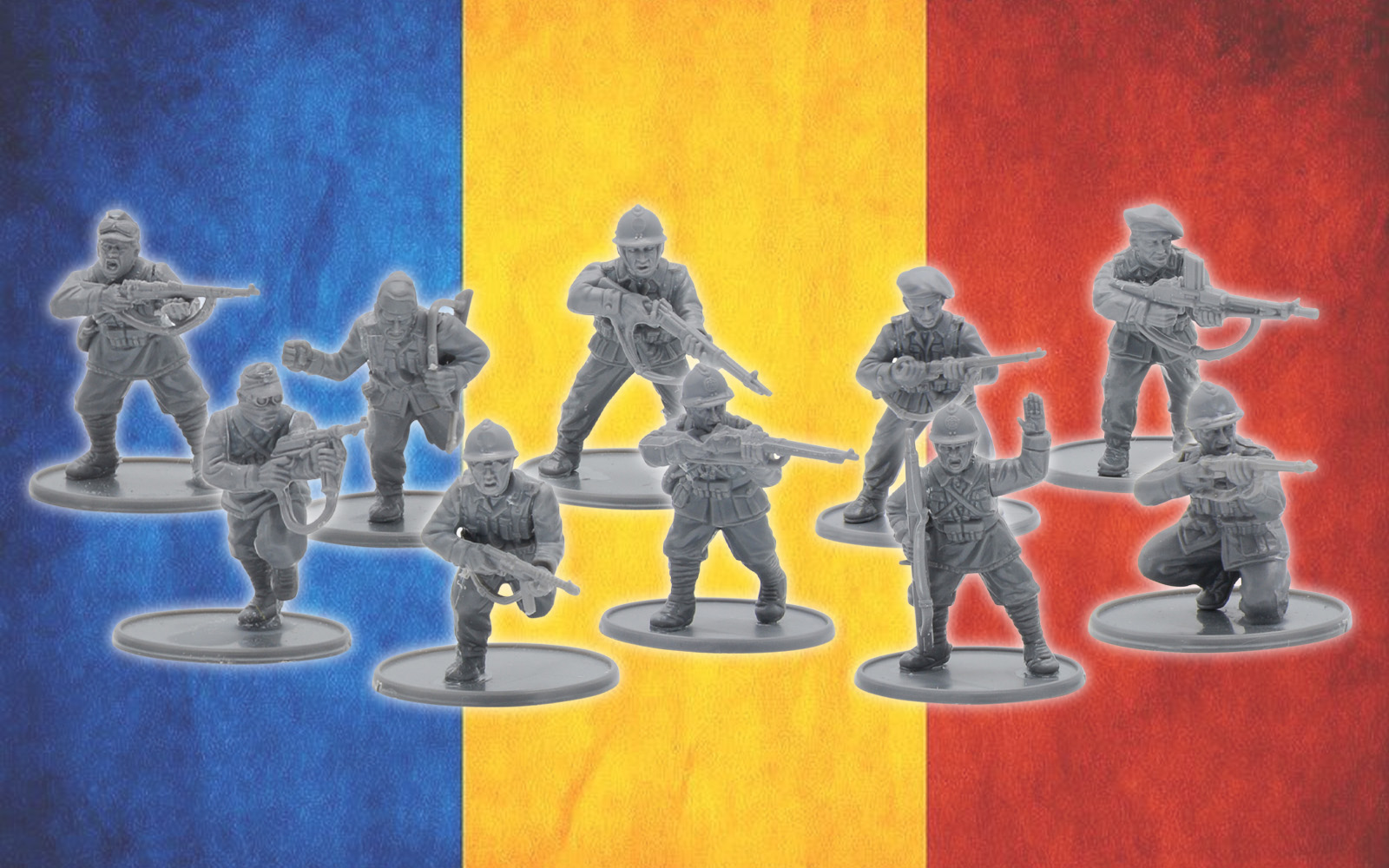
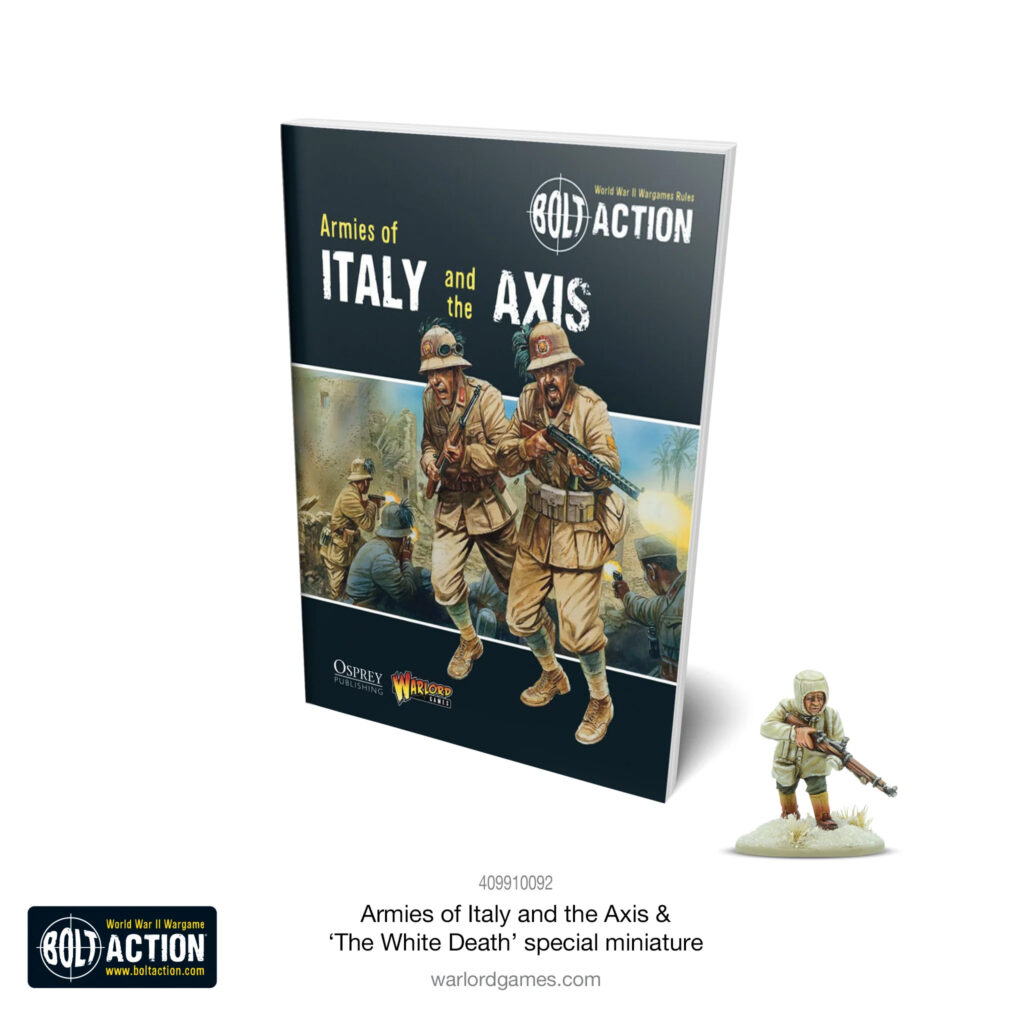
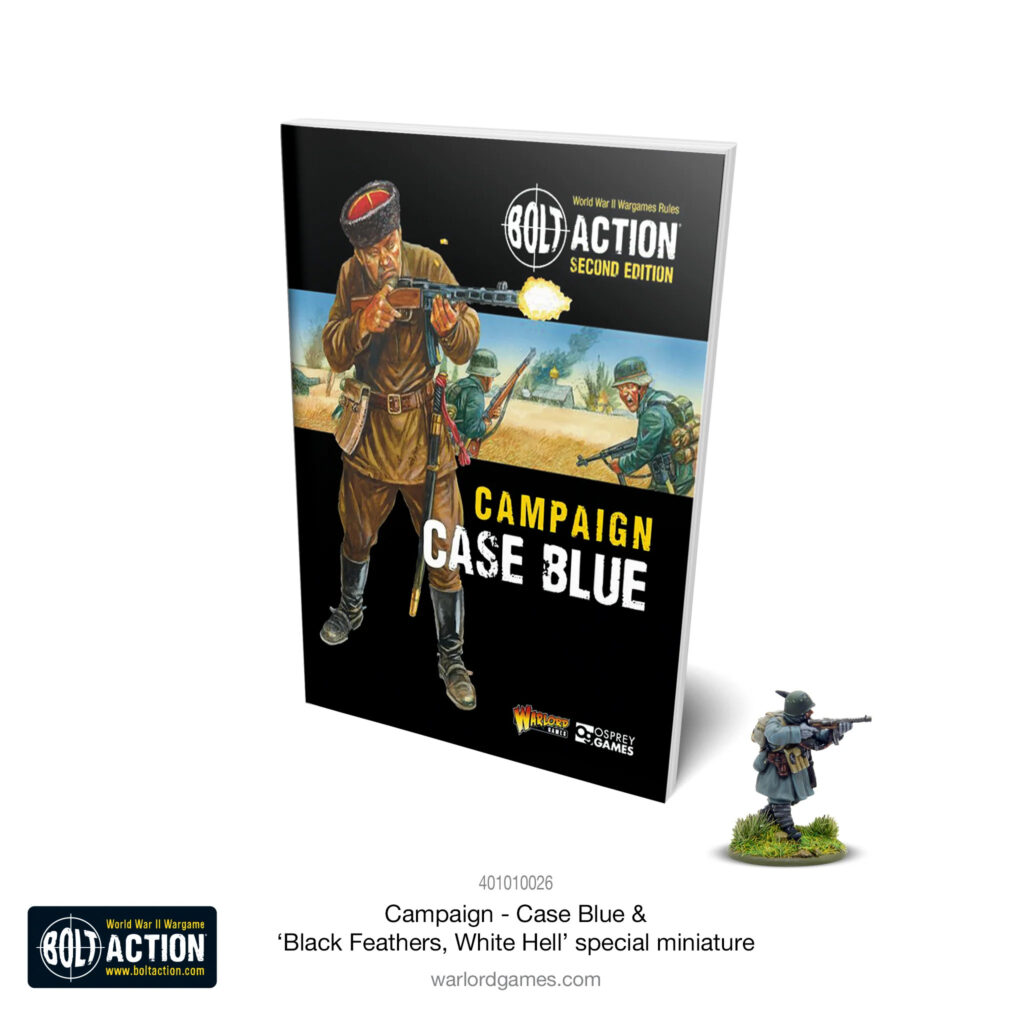
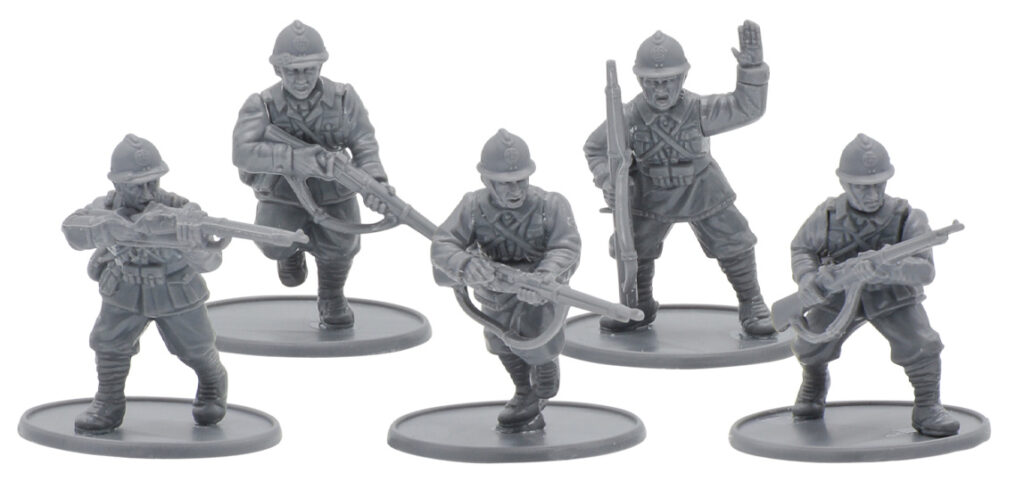
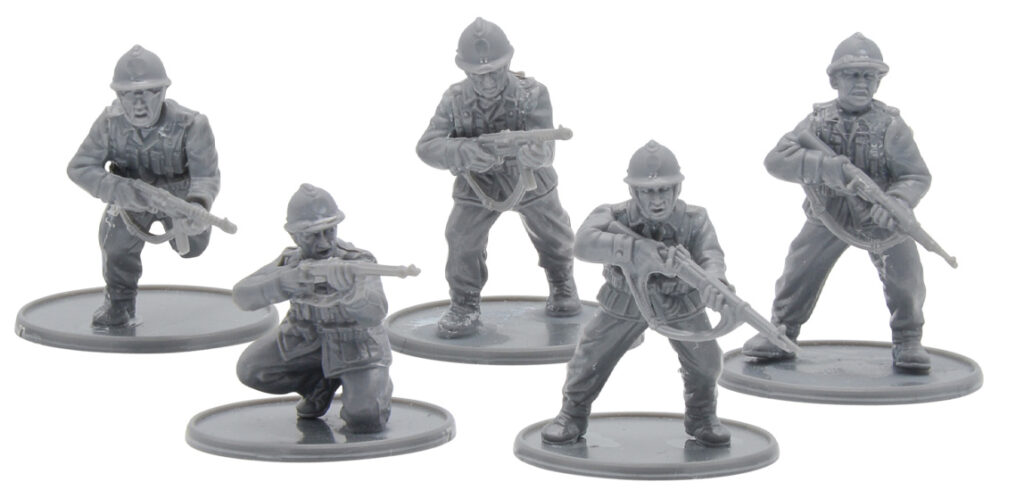
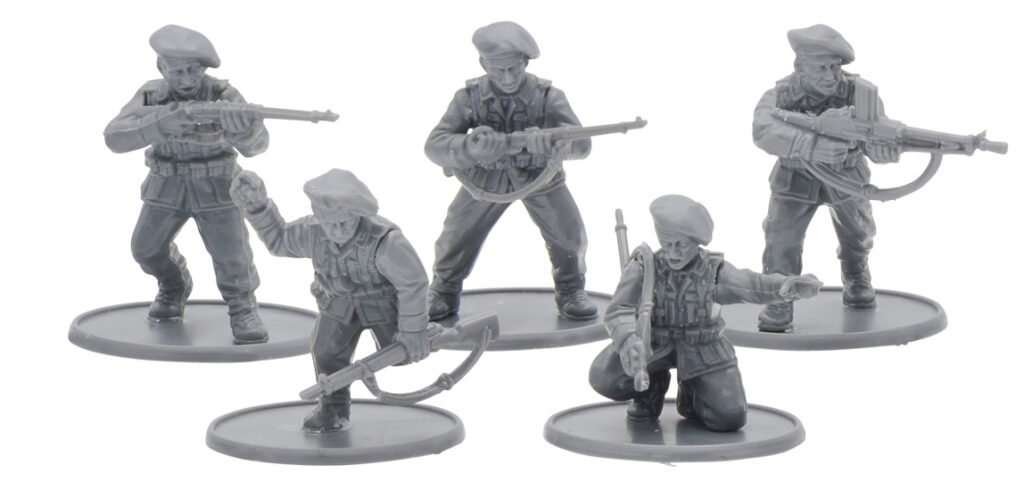
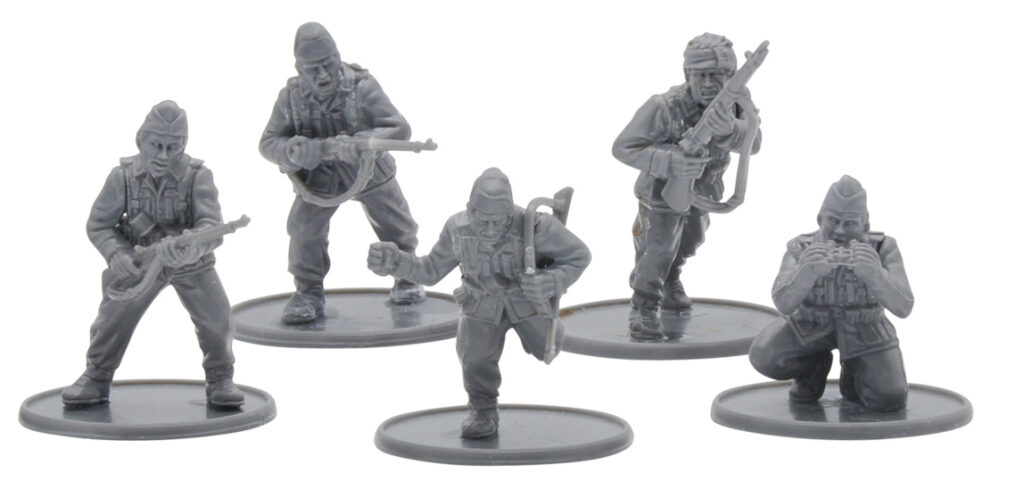
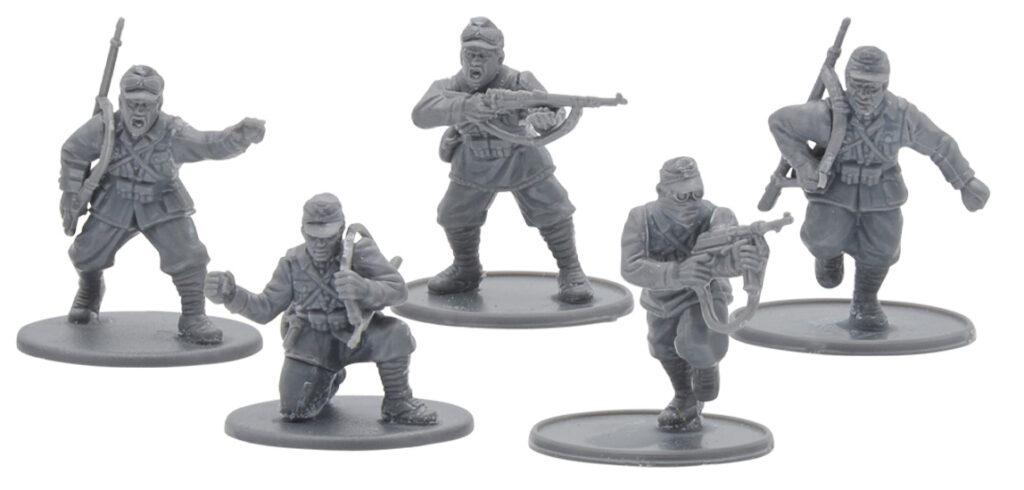
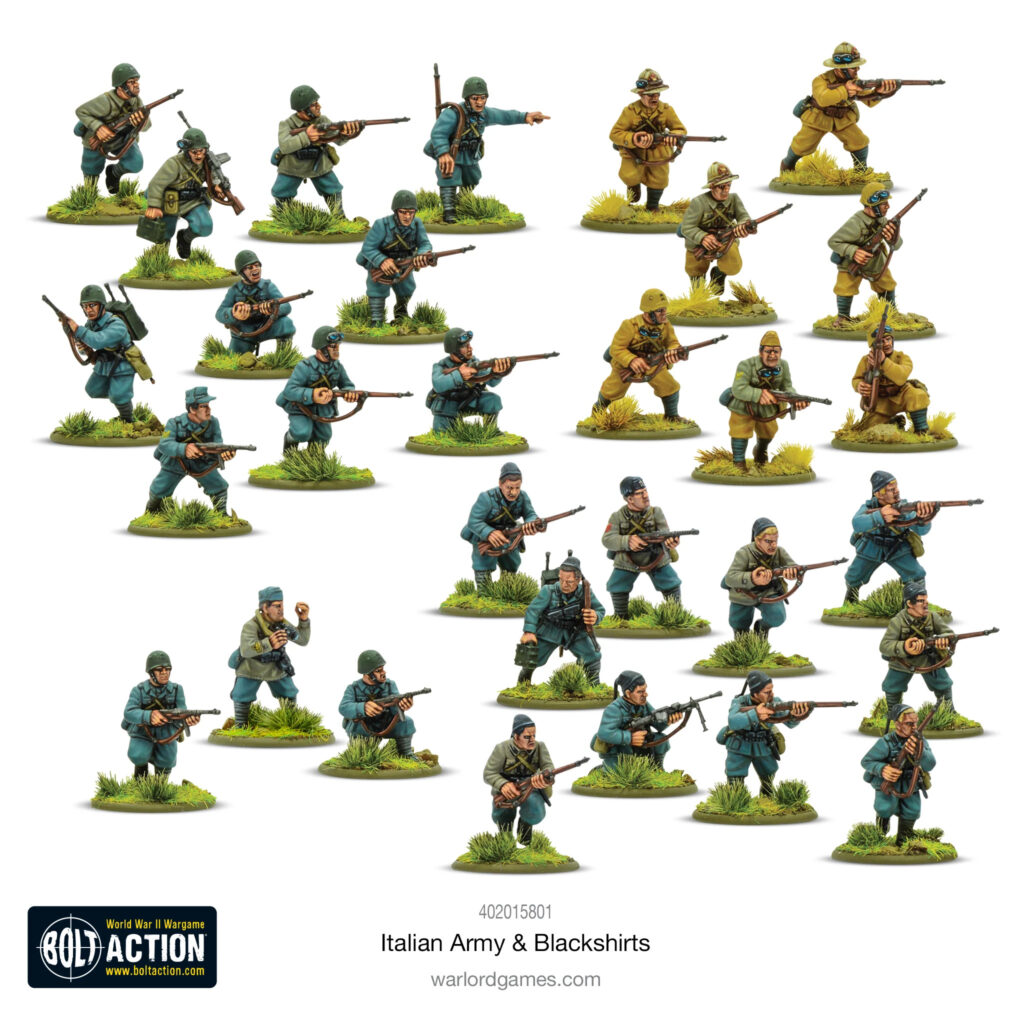
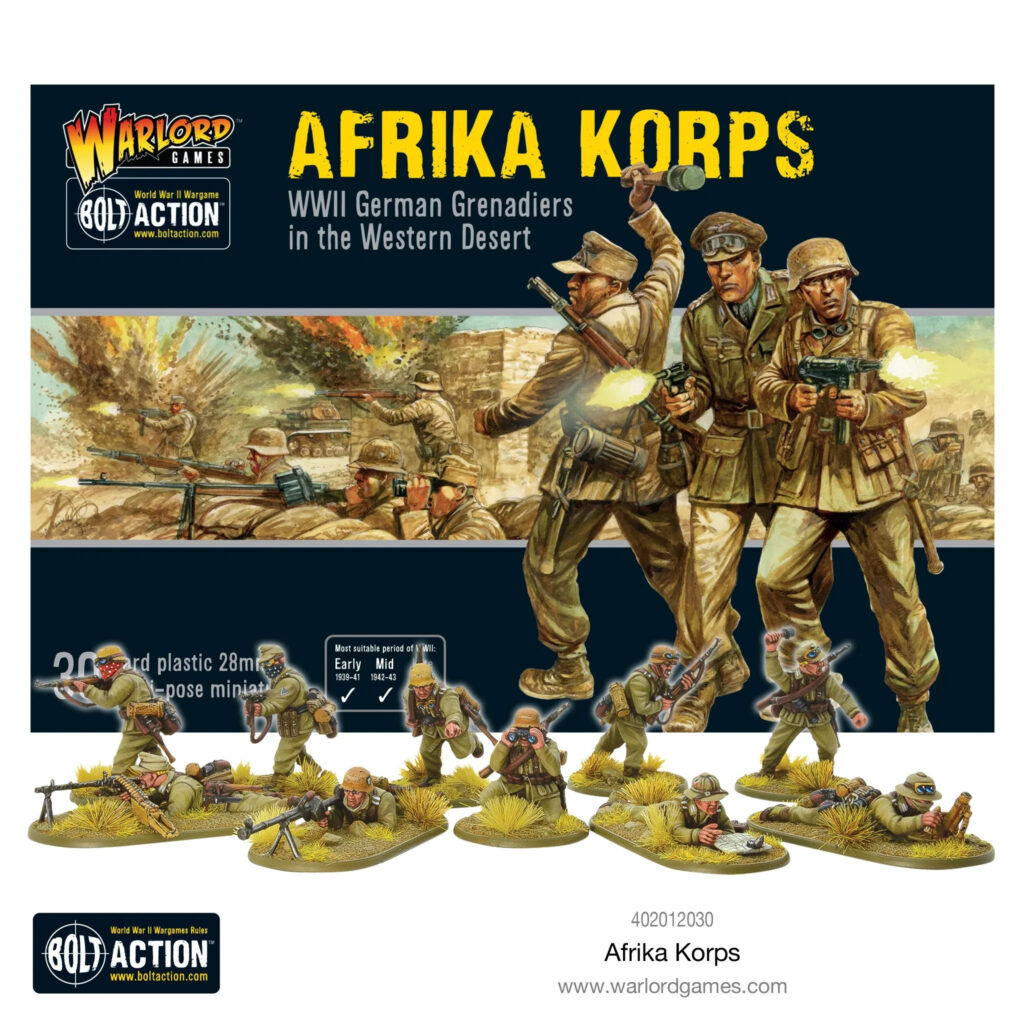
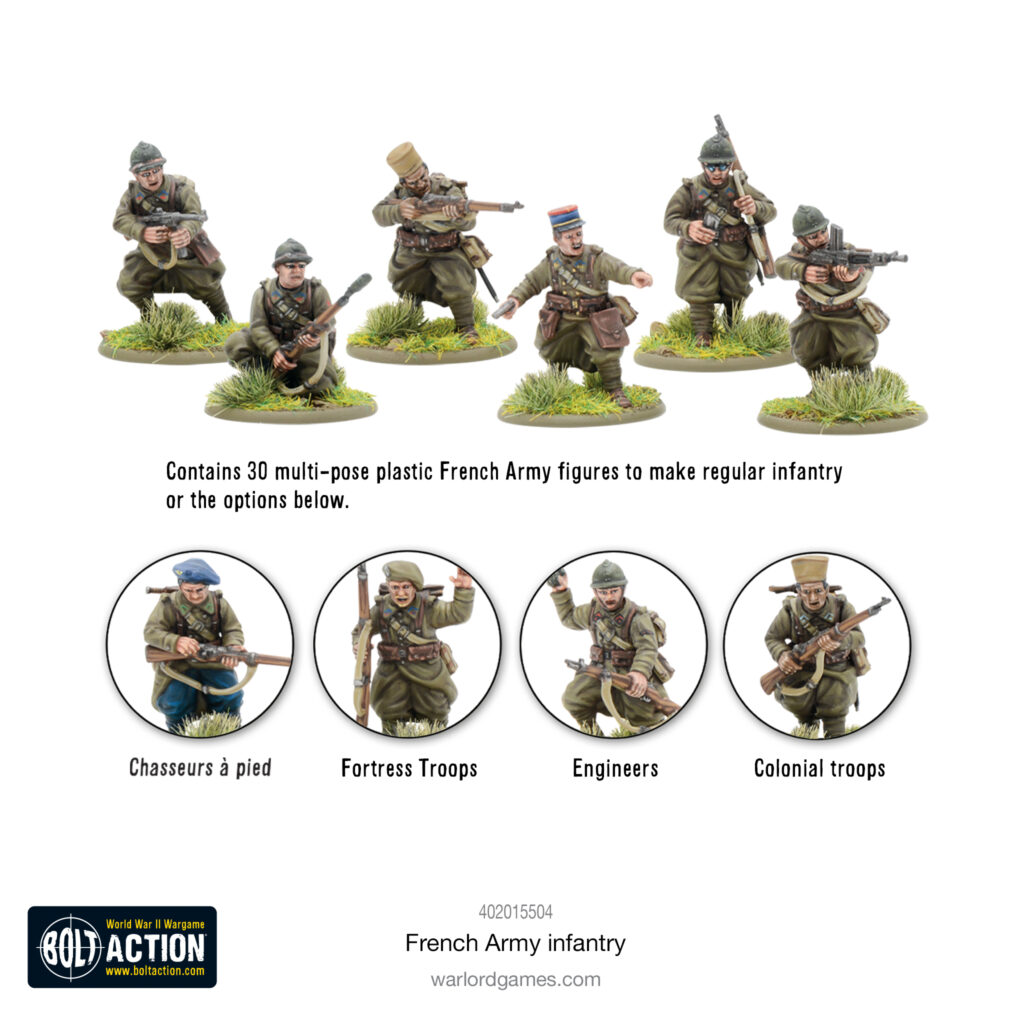
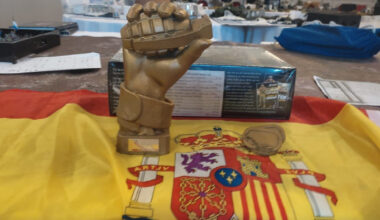
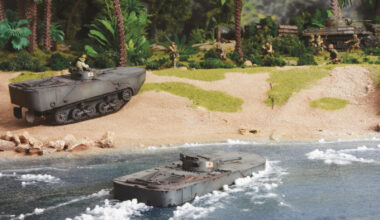
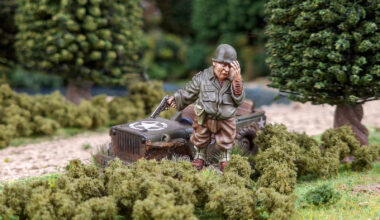
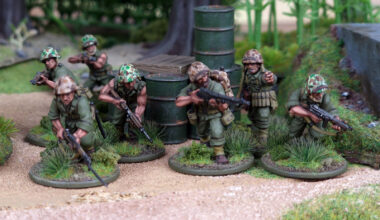
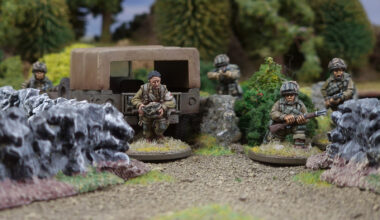
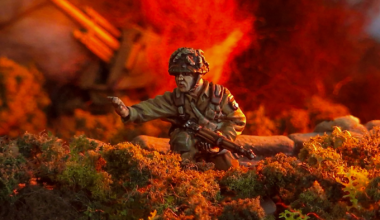
3 comments
Romanian cavalry were issued with sabres and were trained to conduct mounted charges. Here are two examples taken from the book “Soviet Cavalry Operations in the Second World War” by John S. Harrel, which uses Soviet sources and battle reports:
20 Nov 1942:
“At 0300 hours the 5th Guards Cavalry Division of 3rd Guards Cavalry Corps was split into two groups and followed two different advance routes. After one group captured Maoirovskiy by 1230 hours, two regiments of the 1st Romanian Cavalry Division attacked them. Sixteen assault guns, of Kampfgruppe Lepper, attacked the southern thrust. Here a classic cavalry battle raged. The Soviet 20th Guards Cavalry Regiment charged against the Romanian cavalry. A bloody fight ensued, after which the Romanians retreated. The Romanians lost 150 dead, 300 prisoners and more than 800 horses. After regrouping the Soviets intended to advance towards Nizhne-Buzinovka.”
21 Nov 1942:
“At 0830 hours Abganerovo was reached by the Soviet 4th Cavalry Corps. They were immediately attacked by mounted Romanian cavalry of the 6th Cavalry Regiment.”
In Germany, there is an black/white movie named “Hunde wollt ihr ewig Leben”. The Romans there nearby Stalingrad wear Lammfellmützen and me think the “Netherland Helmet” M38?
This is in my opinion much better than the “French Adrian helmet” the Romans had as Allied Force in WW1, or?
Sry – not Romans – Romanians
Comments are closed.